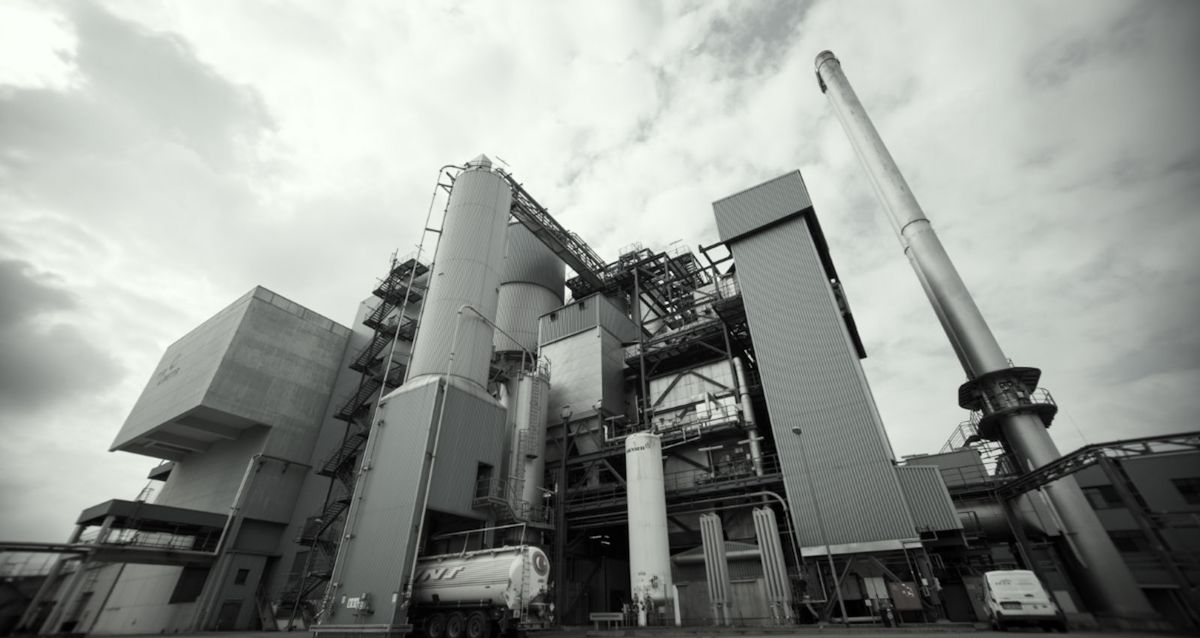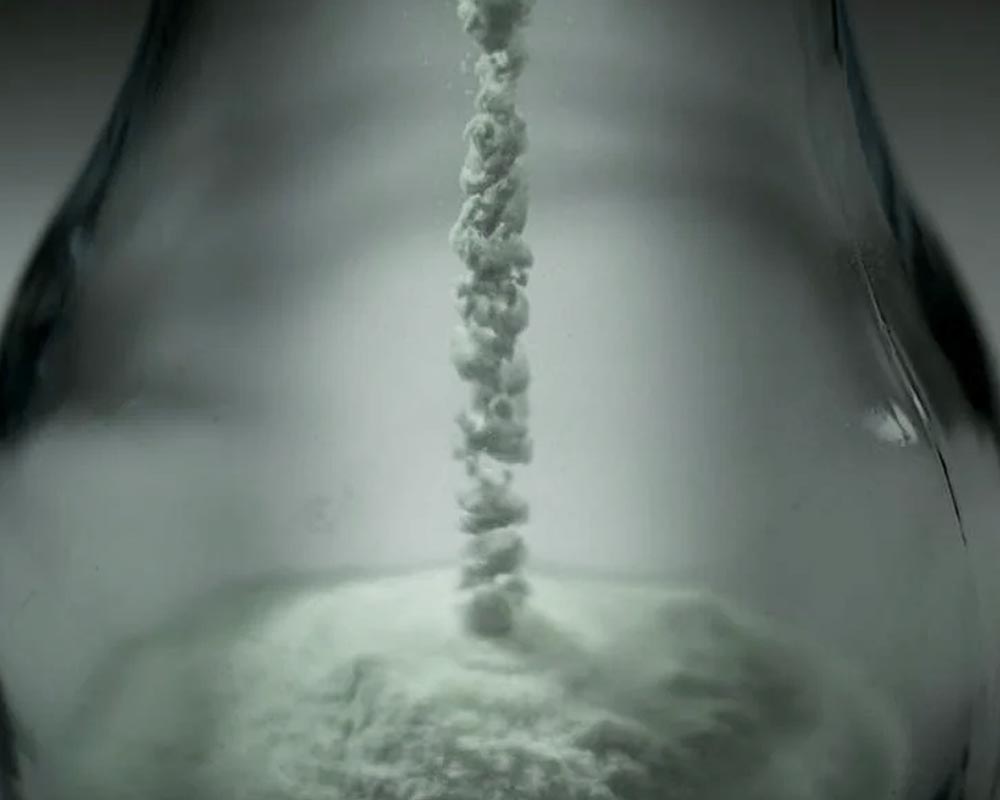Dry Grinding Of Ultrafine Powder Below 2.5 Microns and PM 2.5
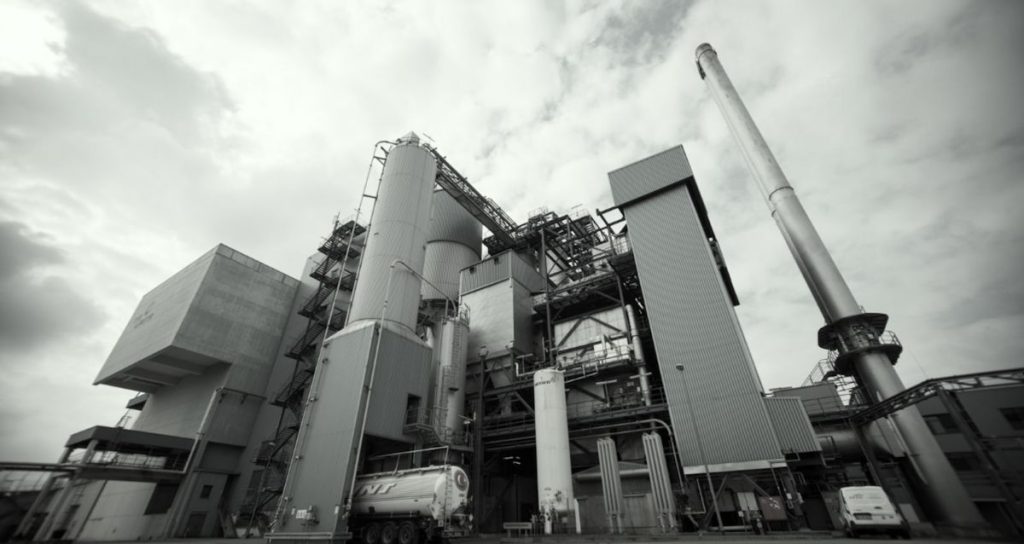
- Why should we start with PM2.5 for the relationship between haze and dry classification of ultrafine powder? In my opinion, 2.5 microns is a special data for split particles, and now we all know a meteorological parameter: PM2.5. Refers to the particles in the ambient air with an aerodynamic equivalent diameter of less than or equal to 2.5 microns. Compared with coarser atmospheric particles, PM2.5 has a small particle size, a large specific surface area, strong activity, and has the characteristics of long residence time in the atmosphere and long transportation distance. It is a fine particle that is difficult to overcome. Medium and relatively large particles follow different motion laws. The ultrafine powder below 2.5 microns has a more special motion law, which has become a difficult problem for powder scientists in various countries in the production of dry powder. Below this scale, it is difficult to classify the particles in the air, that is to say, it is still difficult to separate powder particles below 2.5 microns in the modern powder industry. Therefore, the study of PM2.5 has practical guiding significance for the production of modern ultrafine powder particles for the continuous dry production process of split particles above 6000 mesh.
- Review and Prospect of the Development of Powder Classification Technology Another interesting data is PM25, here I refer to powder particles with an equivalent diameter of 25 microns or more. In the classification process of powder particles, the screening process is widely used in the production of various powders, and is commonly seen in daily life, and has a very wide range of applications in many large industrial sectors such as building materials industry and food processing. In powder production terms, 25 microns is approximately the pore size of a 600 mesh screen. Professional manufacturers engaged in ultrasonic vibration sieves all know: 600 mesh is a data close to the limit for general powder particle sieving, and it is difficult to mechanically sieve fine powders. Is this a coincidence or a law, we don't know yet, the existence is the truth, wait for more people to study it.
There may be a more meaningful data: 250 nanometers. The so-called nanotechnology refers to a new technology that studies the motion laws and characteristics of electrons, atoms and molecules in the scale of 0.1 to 100 nanometers. Since the distribution of ultrafine powder is within a certain range, many scholars believe that particle powder below 500 nanometers is a scale limit of nanotechnology. At this time, most of the particles have reached below 100 nanometers, so it also appears Special physicochemical properties of nano-sized particles. In my opinion, D97 has a physical size of 500 nanometers. It will be another powder peak that is not easy to climb in powder technology grinding and grading, and it will be another new direction for powder development in the future. The general academic community believes that for solid powder or fiber, when its one-dimensional size is less than 100nm, that is, it reaches nanometer size, it can be called a so-called nanomaterial. For ideal spherical particles, when the specific surface area is greater than 60m2/g, its diameter will be smaller than 100nm, reaching nanometer size.
- Study the practical significance of dry classification of ultrafine powders below 2.5 microns. Powder particles below 2.5 microns will show many characteristics that cannot be achieved by wet methods using the dry production process. It is also the key technology for powder production in some industries.
However, powder particles below 2.5 microns are like a lively, naughty and super energetic urchin in dry powder production, and people seem to have no way to tune them. The smog pollution of PM2.5 has disturbed people's sleep and sleep, and caused immeasurable economic and people's health losses. However, for our professionals engaged in ultra-fine powder materials, this is also the best textbook and free laboratory for studying ultra-fine powder materials. Studying the laws of its production, grading, collection and dissipation will not only affect today's The ultrafine powder industry has practical guiding significance, and also has great theoretical guiding significance for the governance of haze.
Dry production of powder particles below 2.5 microns is a forward-looking production project in the modern powder industry. Countries are carrying out basic theories and production processes with broad industrial prospects. It has unlimited uses in many fields such as modern manufacturing, national defense technology, composite materials, traditional Chinese medicine processing, ceramic industry, environmental protection industry, medical and health care and so on.
The working method of traditional Chinese medicine ultrafine grinding technology

The working principle of traditional Chinese medicine ultrafine pulverization technology generally includes impact, collision, friction, shearing, grinding and simultaneous fracture of materials. When choosing the pulverization method, it should be determined according to the nature of the material and the required pulverization degree: the hard materials with large or medium particle size are crushed and impacted; the hard materials with small particle size are crushed, impacted and milled; The ductile or mud-like materials are sheared, crushed and milled, and the ductile materials are sheared or rapidly struck.
Equipment for ultra-fine grinding technology of traditional Chinese medicine
There are many kinds of traditional Chinese medicine ultrafine grinding equipment. Currently there are three main categories of applications: vibration grinding. Air flow type ultra-fine pulverizer, mechanical ultra-fine pulverizer. Because the vibration mill has high working efficiency, the jet mill has no pollution to the material during the pulverization process, and the product fineness is high, so these two types of equipment are widely used.
Vibration mill is a high-frequency vibration type ultra-fine grinding equipment. Its working principle is: the body is supported by a spring, and the main shaft with an eccentric block makes it vibrate. During operation, the medium and the material vibrate and grind the material together. It is characterized by high filling rate of medium, many times of action per unit time, and small particle size of powder. Evenly distributed, suitable for crushing most Chinese herbal medicines. This equipment can also be combined with low-temperature technology to obtain ultrafine powder with narrow particle size distribution and good fluidity, which solves the problem of temperature rise of the vibration mill. At present, the widely used vibration mill is Shandong Beili BMF series, and other new and improved equipment have been launched recently. Such as Zhejiang Fengli's MTM type impact mill, Shanghai Xieke's HGM type heavy pressure grinding type super emblem mill, and Beijing Huanya Tianyuan's HMB type three-ring medium-speed micro-powder mill. The disadvantage of this method is that the particle size of the product is related to the maximum particle size of the feed. When the maximum particle size of the feed is about 10 mm, the product particle size is greater than 10um; Production capacity declines.
- Air jet mill
The jet mill is called a fluid energy mill. Its working principle is: the supersonic airflow makes the material particles violently collide and rub against each other, and the airflow has a direct shearing effect on the material, and then the purpose of pulverization is achieved through appropriate classification. There is no associated heat in the crushing process of this type of equipment, and the crushing temperature is low, which is suitable for low melting point and heat-sensitive medicinal materials. The crushing particle size can reach 1-10um, and it is no pollution to the material. It is the finest physical processing method that can be achieved at present. The shortcomings of this equipment are high equipment manufacturing and manufacturing costs, large energy consumption, low energy utilization rate and high production costs. At present, there are 5 types of jet mills: flat type, single-spray type, circulating tube type, counter-spray type and fluidized bed type. However, it is generally believed that the jet mill is difficult to crush fibrous and tough Chinese medicines, and there is a relatively high-speed air flow during the crushing operation, which takes away the volatile components of the medicine and causes the loss of efficacy, so it is only suitable for the crushing of brittle Chinese medicines.
- Ultrafine Impact
The working principle of the ultrafine Impact is: through the high-speed movement of the mechanical parts and the medium, the raw medicinal powder is impacted, sheared and other external forces to achieve the purpose of pulverization. The advantages of this equipment are that it is simple and convenient, and the applicable particle size range for feeding is large. The disadvantage is that the equipment is easy to heat up, the finer the material is pulverized, the more severe the wear of the parts, the wear particles directly contaminate the material, and the lower limit of the powder particle size can only reach about 20 um, which limits the wide application of this equipment.
Due to the limitations of the above three types of equipment, some scholars are now committed to the development of ultra-fine pulverizing units that combine mechanical pulverization and jet pulverization, as well as ultra-low temperature cryogenic pulverizers. However, due to the high cost, the application scope of the new device is far less than the above three devices.
Quartz Sand & Quicklime, High-end New Building Plate: Calcium Silicate Plate
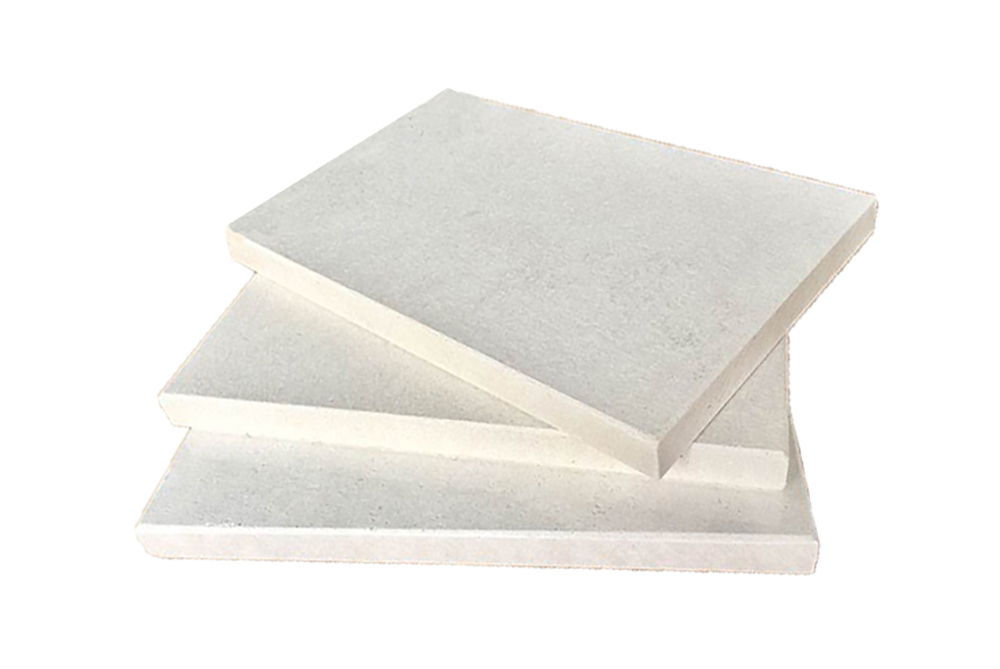
Calcium silicate board is an inorganic building board with high strength and stable performance, which is made of siliceous materials, calcium materials and reinforcing fibers as the main raw materials.
It has the advantages of fire prevention, thermal insulation, anti-corrosion and moth-proof, waterproof and moisture-proof, sound insulation and sound absorption, light weight and high strength, green and harmless, etc. It is more energy-saving, environmentally friendly, earthquake-resistant and impact-resistant than traditional boards, and can be widely used in interior and exterior wall insulation decoration of buildings , ceiling and cabin partitions, billboards and other fields, and the design and installation of strong plasticity, saving time and labor.
In recent years, with the increasing promotion of prefabricated buildings across the country, the market demand for calcium silicate boards in various places has risen. Whether it is used for composite lightweight wall panels, or directly used for interior and exterior wall insulation decoration, ceilings, floor linings, calcium silicate boards have become an important "role" in prefabricated housing construction.
Quartz sand is one of the most important raw materials in calcium silicate products, accounting for 40% of the raw material quality of calcium silicate boards. The purity of SiO2 in quartz sand has a great influence on the formation of toble mullite crystals during the hydration reaction. Quartz powder that is not involved in chemical reaction also acts as an aggregate in cement cement. However, the wet grinding energy of quartz sand is very large. In order to reduce the energy consumption of wet grinding of quartz sand and use more industrial waste, quartz sand with SiO2 content higher than 90% is preferred in the production of calcium silicate board, and it can be appropriately mixed A certain amount of fly ash to reduce production costs.
Calcium silicate board has good market prospects and faces huge development opportunities and challenges: (1) Necessary measures should be taken in the production process of calcium silicate board to achieve green production and improve production efficiency under the premise of protecting the environment ; (2) To enrich the production raw materials of calcium silicate board, use low-calcium fly ash or quartz sand tailings, other industrial waste residues with high silicon content to replace all or part of the quartz sand, thereby reducing production costs and improving resource utilization; ( 3) In order to meet the needs of the market, the types of calcium silicate board products should be enriched and the durability of the products should be improved.
What are the advantages of ultrafine powder grinding technology?
- Fast temperature control
Ultrafine pulverization technology can use supersonic jet pulverization, cold pulp pulverization and other methods, which can avoid local overheating and other phenomena during the pulverization process, and can even be carried out at low temperature, and the pulverization speed is fast, so it can maximize the retention of powder. The biological activity of the body and various nutritional components can be reduced, and the loss of effective components can be reduced, which is beneficial to the development and preparation of high-quality products. Therefore, the ultrafine pulverization technology is not only suitable for the pulverization of fibrous materials (especially suitable for the pulverization of materials containing aromatic and volatile components), but also can be used for medium, low and ultra-low temperature pulverization according to the needs of different materials. Material properties and processing requirements to achieve better product results.
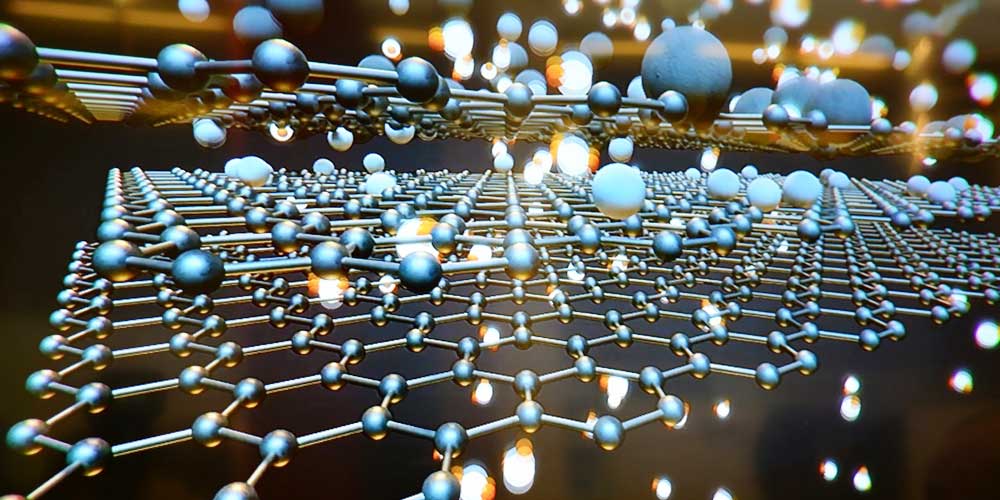
- Small particle size
The distribution of the external force for ultrafine pulverization on the raw material is relatively uniform. The grading system not only strictly limits the large particles, but also avoids excessive crushing of materials, and can obtain ultrafine powder with uniform particle size distribution.
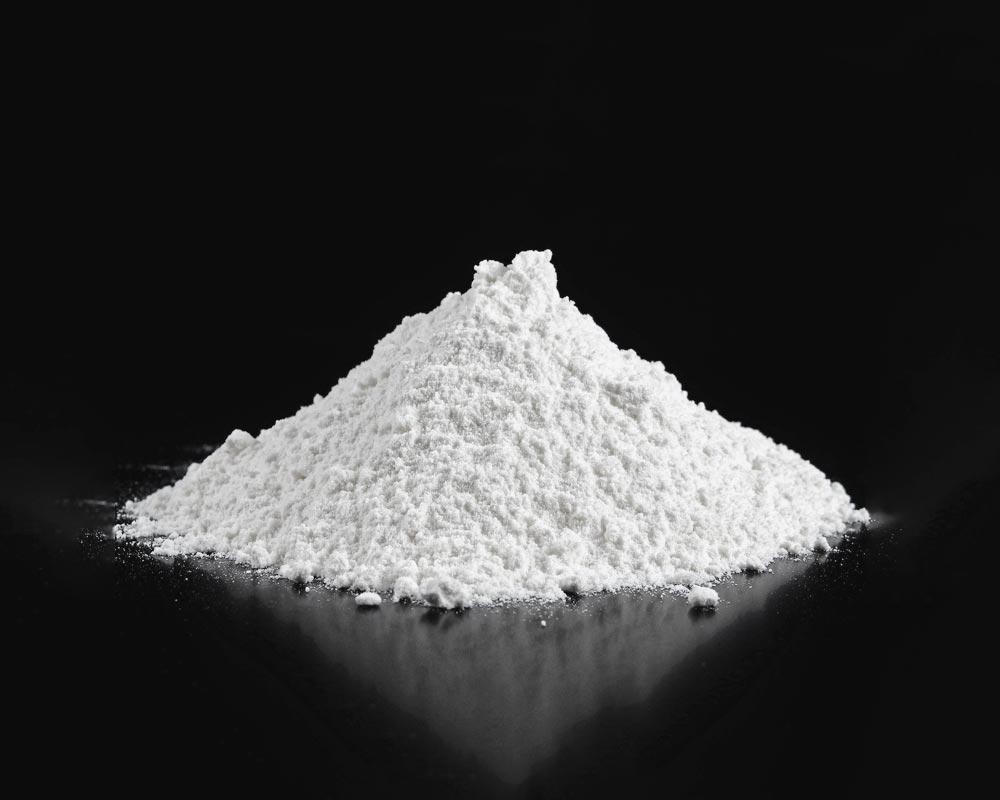
- Reduce pollution
The traditional pulverization method has poor sealing and is prone to pollution, while the ultrafine pulverization is carried out in a closed system, which not only avoids the pollution of the surrounding environment by fine powder, but also prevents the dust in the air from contaminating the product. The use of this technology in food and healthcare products can control microbial and dust contamination. At the same time, since the ultra-fine pulverization process is a purely physical process, no other impurities will be mixed, which also makes the processed Chinese herbal medicines pure natural, ensuring the integrity and safety of the raw materials.
Ball mill steel ball configuration
As a widely used grinding equipment, the filling of the grinding body (steel ball) is very important. During the working process of the ball mill, the friction between the steel ball and the material produces a grinding and peeling effect. Only by ensuring that the gradation of the grinding body (steel ball) is reasonable and the various grinding bodies have a certain proportion, can it be adapted to the particle size composition of the material to be ground. , to obtain a good grinding effect. Reasonable selection of the gradation of ball mill steel balls is a measure to improve the output and product quality of the ball mill.
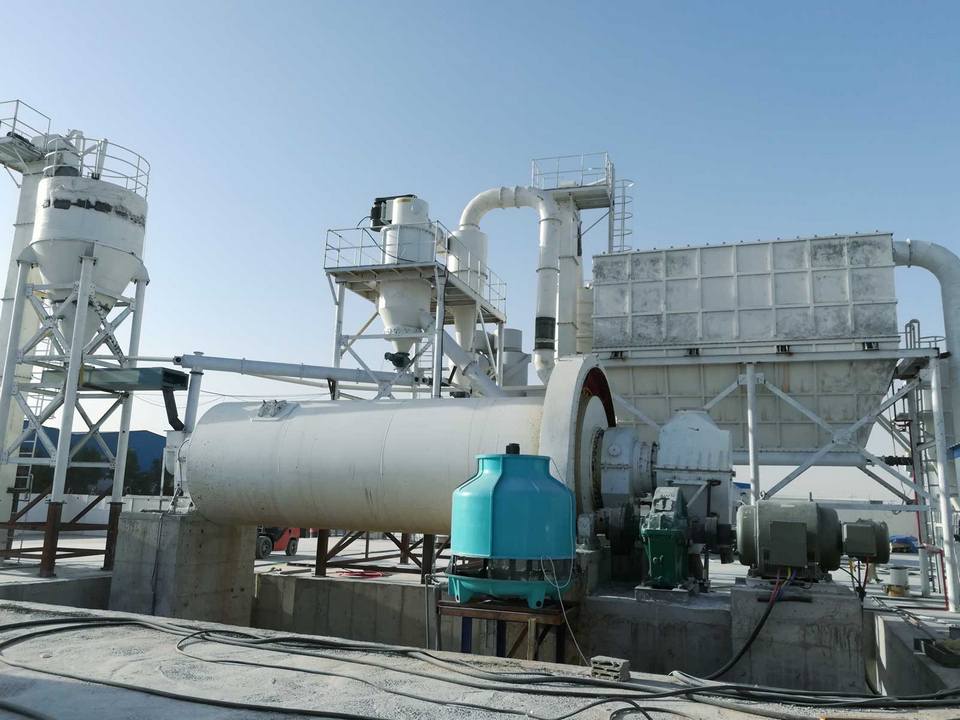
The basic principles of ball mill steel ball grading are:
(1) Under normal circumstances, the larger the diameter of the mill, the larger the impact force, so the diameter of the steel ball is relatively small;
(2) When dealing with ore with high hardness and coarse particle size, it needs a large impact force, so it is necessary to load a steel ball with a larger size. That is, the harder the material, the larger the diameter of the steel ball;
(3) Generally follow the principle of "fewer two ends, more in the middle", that is, four-level ball distribution, less large and small balls, and more balls in the middle.
When choosing a steel ball, there are many factors to consider. Such as the type of mill and the diameter and length of the cylinder; the hardness, toughness and particle size requirements of the material to be ground; large or small balls cannot be blindly pursued; the material should be selected according to actual needs.
After the ball mill is installed, the equipment needs to be run-in, and the processing capacity should be gradually increased, so the addition of steel balls is not completed at one time. Under normal circumstances, in the test run stage with load, the addition of steel balls needs to be completed in three to four times and adjusted according to the measured fineness of the material.
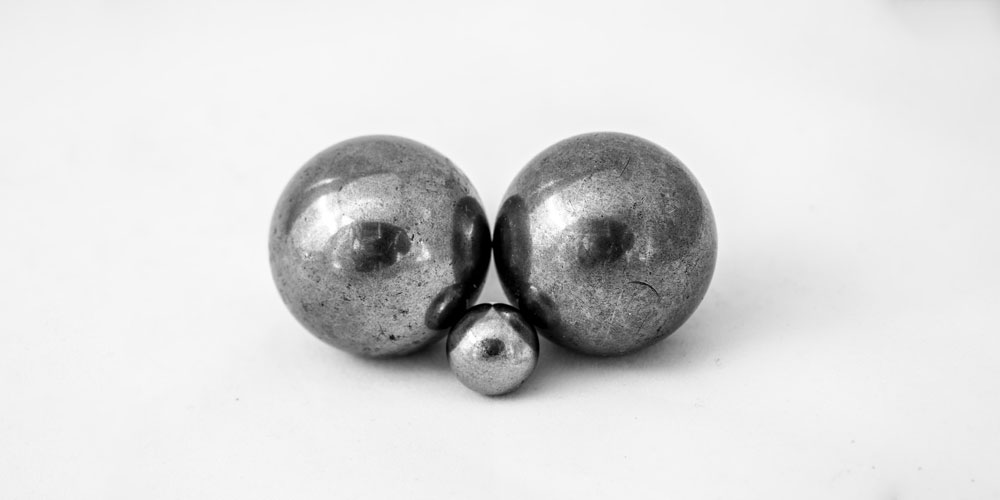
After the normal operation of the ball mill, the steel balls will continue to wear during the operation. In order to maintain the filling rate and reasonable ratio of the steel balls and maintain the stable operation of the ball mill, reasonable supplementary balls must be carried out to compensate for the wear and tear. Reasonable friction between steel balls and steel balls, steel balls and ore, steel balls and the lining plate of the ball mill will make the large ball mill small and the medium ball mill into small balls. So under normal circumstances, there is no need to add a small ball.
Each user must carefully analyze their actual situation, and only through long-term research and accumulation can they find out the right loading ratio and addition amount, and must not add blindly.
Ultra-fine grinding of high-purity and high-hardness quartz sand
Quartz sand is produced by crushing quartz stone. Quartz is a non-metallic mineral, a hard, wear-resistant and chemically stable silicate mineral. The color of quartz sand is milky white, or colorless and translucent, with a Mohs hardness of 7. Quartz sand is an important industrial mineral raw material, widely used in glass, casting, ceramics and fireproof materials, smelting ferrosilicon, metallurgical flux, metallurgy, construction, chemical industry, plastics, rubber, abrasives, filter materials and other industries.
Quartz sand is a hard, wear-resistant and chemically stable silicate mineral. According to its use, the commonly used specifications are: 0.5-1mm, 1-2mm, 2-4mm, 4-8mm, 8-16mm, 16-32mm , 10-20 mesh, 20-40 mesh, 40-80 mesh, 100-120 mesh, 1000 mesh, 1200 mesh...
The fluidized bed ultra-fine grinding machine uses a plurality of oppositely arranged nozzles to form a high-speed airflow, and then uses the high-speed airflow to accelerate the material to supersonic speed to make it collide with each other at the intersection of the nozzles to achieve the purpose of ultra-fine grinding. The material to be ground enters the classification chamber of the classifier with the upward airflow. Due to the high-speed rotation of the classification rotor, the particles are subjected to both the centrifugal force generated by the classification rotor and the centripetal force generated by the viscosity of the airflow. When the centrifugal force on the particles is greater than the centripetal force, that is, the coarse particles above the classified particle size return to the grinding chamber to continue impact grinding, and the fine particles flow into the cyclone separator and collector for collection, and the gas is discharged by the induced draft fan.
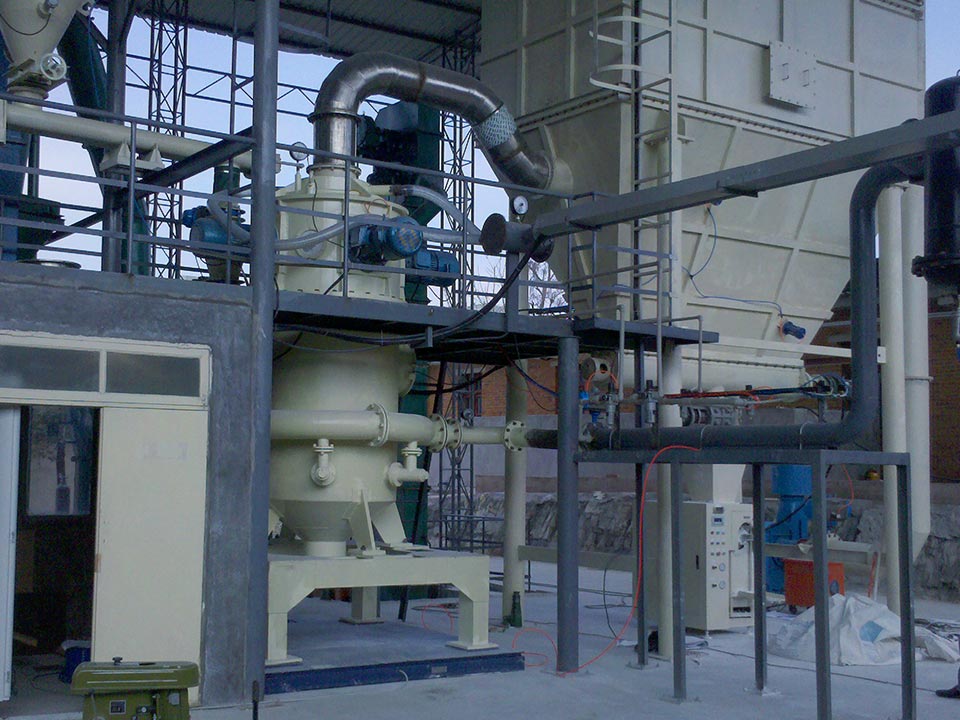
Features:
Green environmental protection: low temperature without media grinding ensures high purity and physical properties of the product. The equipment operates under negative pressure without dust pollution.
High Efficiency: The full utilization of the jet flow energy can improve the grinding efficiency by 30% compared with the traditional jet mill, and the classification accuracy is higher.
Low equipment wear: The structure of "fluidized bed + vertical classifier" can process ultrafine powder with high purity and ultra-narrowness, avoiding the wear of the classification part of "fluidized bed + horizontal classifier", especially suitable for high purity , Ultra-fine grinding of high hardness materials.
High output: When producing products with narrow particle size distribution, the yield is more than double that of traditional grinders.
Multi-purpose: One machine is multi-purpose, which can be used as a grinder or a classifier. The grinding particle size range is wide, and the product particle size can be adjusted arbitrarily in the range of 0.2-200μm.
Intelligent: The equipment can realize all automatic control, simple operation, stable operation and excellent production environment.
Reasonable design: The structure of the equipment is compact, there is no material stored in the grinding machine, no dead angle, easy to disassemble, wash and disinfect, and it is convenient to replace the variety of grinding materials.
The whole system adopts automatic control, which can realize one-button start and stop, and the operation is simple and convenient, and the connection with the central control can realize remote control.
Application of jet mill in biopharmaceutical
Jet mills are mainly used in industry, agriculture, chemical industry, metallurgy, etc., such as cement, minerals, fertilizer production, etc. With the improvement of technology and the development of biopharmaceutical technology, jet mills are gradually used in food processing, biopharmaceuticals, and more and more widely. There are mainly the following types of jet mills used in industry: flat jet mill, fluidized bed jet mill, circulating tubular jet mill, counter jet jet mill, and target jet mill.
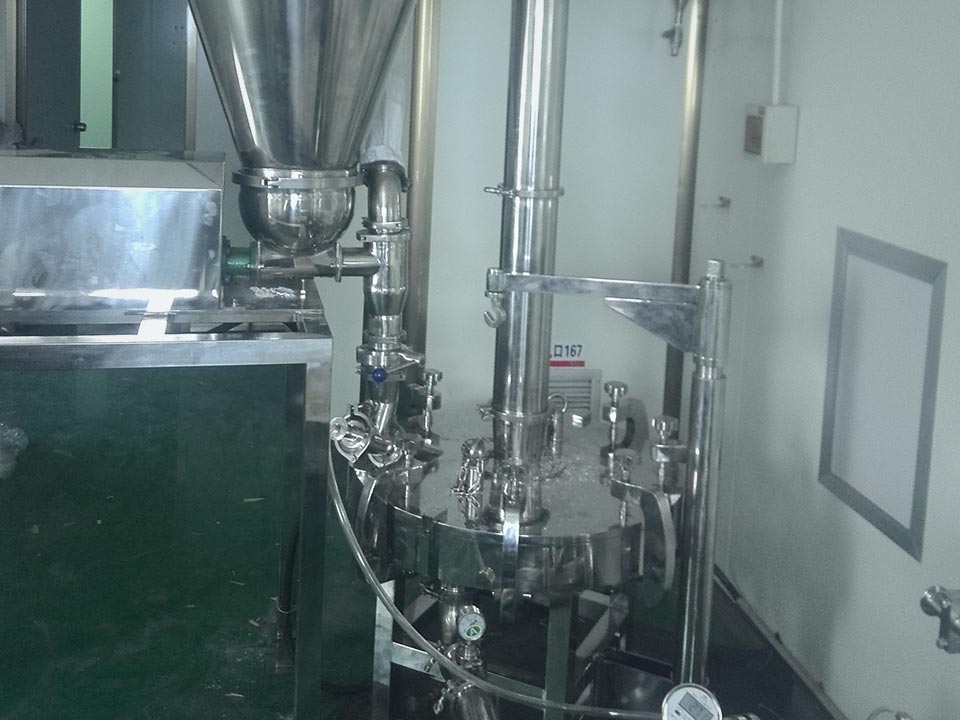
Traditional Chinese medicine jet mill mainly refers to cell-level micro-grinding. The main medicinal components of animal and botanical medicines are usually distributed in the intracellular and intercellular substance, and mainly in the cell. When the cell wall is broken, the effective components in the cell are exposed, so the drug effect is greatly improved, and the onset speed is fast. The use of ultrafine jet mill to grind traditional Chinese medicine also has the following advantages:
1) Improve the quality of the finished product. Through cell-level micro-grinding, the effective components are fully released and the bioavailability is high; on the premise of ensuring the efficacy, the dosage can be reduced, and the quality of the finished product is stable and controllable.
2) To improve the grade of finished products, through cell-level micro-grinding, combined with surface modification, particle design, compounding or coating and other application technologies, it provides an effective means for the reform of traditional Chinese medicine formulations to develop towards miniaturization and diversification.
3) Reduce the production cost, and the added value of the finished product is high. Through the cell-level micro-grinding, it can improve the efficacy (reduce the dosage of the drug), simplify the production process (reduce the labor and equipment investment), and meet the requirements of reducing the production cost.
Traditional grinders have certain limitations in powder particle size, powder yield, powder collection rate, and preservation of active ingredients. Jet milling technology will provide new opportunities for the development of ultra-fine pharmaceutical powders with better curative effects and better varieties.
The steps & principles of purchasing a ball mill
As we all know, ball mill equipment is a professional equipment for grinding materials. From the beginning of grinding metallurgy and mining industry, it has flourished in many industries. Now the more common ones are quartz sand ball mill, cement ball mill, ceramic ball mill, rubber lining ball mill, white ash ball mill, Calcium powder ball mill, etc., so the selection of ball mill equipment is more complicated.
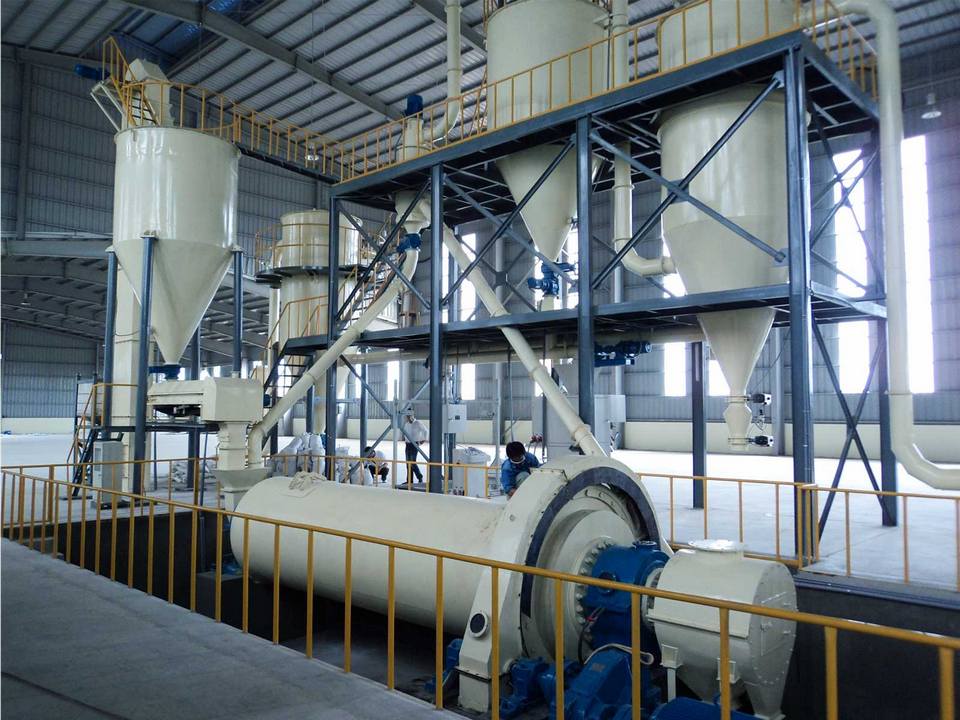
Select the corresponding type of ball mill equipment according to our own materials. For example, the materials to be ground are slag, quartz sand, steel slag, etc., then we choose the corresponding type of ball mill: slag ball mill, quartz sand ball mill, steel slag ball mill, the following takes quartz sand ball mill as an example .
The material to be ground is quartz sand. It is necessary to estimate the daily output of the quartz sand ball mill production line, and then select the corresponding type of quartz sand ball mill according to the output. The principle of choosing the model of quartz sand ball mill is that it is not too big, not too small, just right, because the small model will lead to the failure of the original planned production, and the large model will waste resources and occupy a larger area of land and so on.
It is very important to determine the type and model of the ball mill, but it is more important to find the right ball mill manufacturer, because the ball mill equipment manufacturer is related to the quality, process and after-sales service of the ball mill, and the quality of the ball mill is related to the stability of the later production. The advanced ball mill grinding process can improve the quality of the grinding materials, and at the same time, it can also increase the output and reduce the energy consumption. Ball mill equipment belongs to a kind of mechanical equipment, and all kinds of mechanical equipment cannot be guaranteed to be foolproof. In the long-term use process, problems with ball mill equipment are inevitable. Contact the manufacturer as soon as possible, and timely repair of the problem is the important part of after-sales service. Therefore, high-quality after-sales service can not only quickly repair the ball mill equipment, but also improve the production efficiency of the ball mill production line. .
Precautions for the use of supersonic jet mill
A supersonic jet mill is a machine that grinds large-sized solid materials to the required size. According to the size of the ground material or crushed material, the mill can be divided into a coarse crusher, a medium crusher, a fine mill, and an ultra-fine mill. There are four kinds of external forces applied to the solid during the grinding process: rolling, shearing, impact and grinding. Compression rolling is mainly used for coarse and medium crushing, suitable for the crushing of hard materials and bulk materials; shearing is mainly used for fine crushing, suitable for grinding tough materials; impact is mainly used for medium crushing, fine grinding and ultra-fine grinding, suitable for It is suitable for the crushing of brittle materials; the grinding is mainly used for fine grinding and ultra-fine grinding, suitable for the grinding of small pieces and fine particles.
The working principle of supersonic jet mill:
The compressed gas is passed through the feeding injector, and the grinding material is brought into the grinding chamber, and is sprayed tangentially to the grinding wall under the driving of the high-speed airflow from multiple nozzles to achieve the effect of friction grinding. The grinding fineness is controlled by adjusting the longitudinal depth of the grinding chamber, adjusting the grinding pressure or the feeding speed. Compared with the fluidized bed jet mill, the controllability of the grinding fineness is less, but it has a good grinding effect for materials with viscosity.

Features of supersonic jet mill:
1. It is suitable for ultra-fine grinding of dry powder materials, with large impact particle size, which can reach Mach 2.5 or more, and general materials can be easily crushed to 1-10 microns.
2. The relative fluidized bed jet mill has a good grinding effect on viscous materials, and the grinding process will not cause the phenomenon of blocking materials and unable to grind.
3. No temperature rise, the temperature of the crushing process drops due to the compressed gas nozzle, and there is no mechanical friction process, so the crushing process will not heat up, and it is suitable for the crushing of heat-sensitive and low-melting materials.
4. The equipment is simple, easy to clean, easy to operate and maintain, small footprint, low noise and no vibration.
5. Less investment, according to customer needs, unnecessary equipment such as dust collectors, fans, control boxes, etc. can be eliminated.
Supersonic jet mill in use need to pay attention to these matters:
1. During the production process, the temperature rise of the bearing must be checked frequently. When the temperature rise exceeds 50 °C, it should be stopped for inspection to find out the cause and eliminate the fault.
2. When the new machine is running, the transmission belt is easy to stretch, and attention should be paid to adjusting the proper tightness of the belt to ensure the working life of the belt.
3. The wearing parts should be checked frequently and replaced in time to ensure the production quality and production volume.
4. The wear of the blade and the bushing should be checked frequently. If it is worn, the productivity will drop, and the particle size will become coarser. If it is worn, it will be replaced.
5. The main engine and graded flow bearings are grease lubricated.
6. The grease replacement period of the bearing is 2000 hours, and the filling amount of the grease is 1/2 (upper measurement) or 3/4 (lower measurement) of the space in the bearing cavity. Do not overfill the grease, otherwise it will cause the bearing. Temperature is too high.
7. The grease changing period of the screw feeder is 4000 hours, add ordinary calcium-based grease.
Advantages of ultra-fine jet mill
Ultra-fine jet mill is a kind of equipment for producing ultra-fine powder. It is the equipment with smaller fineness on the market at present. It is suitable for building materials, chemicals, fillers, plastics, papermaking, coatings and other industries.
After the large block material is crushed to the required particle size by the hammer crusher, it is sent to the silo of the ultra-fine jet mill by the elevator, and fed into the main machine evenly and continuously through the feeding equipment. Under the action of centrifugal force, the material is scattered around from the bulk material disc and falls into the grinding chamber, where it is impacted, rolled and ground by the grinding rollers. Ultra-fine grinder has the following characteristics.
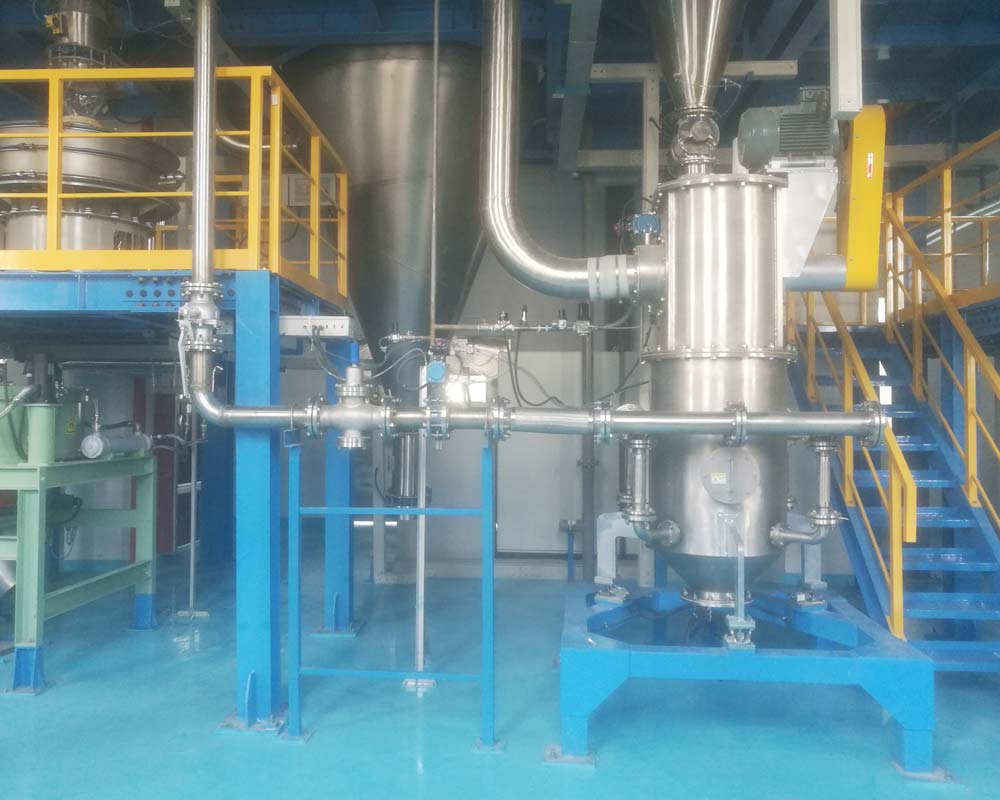
- High production efficiency
The new design of the grinding roller grinding ring improves the grinding efficiency. The results show that when the particle size and power of the finished product are the same, the efficiency of the stirring mill is increased by 40%, which is more than double the output of the ball mill, but the energy consumption of the system is only 30% of the airflow consumption.
- Low operating cost
Grinding rollers and grinding rings are forged with special materials, which improves the utilization rate. Compared with impact grinder and eddy current grinder, the finished product has the same fineness, and the service life of vulnerable parts is extended by 2-3 times. When processing calcium carbonate and calcite, the service life can reach 2-5 years.
- The product is in good condition
The cage type powder separator effectively improves the powder selection accuracy, and can configure the multi-cage powder separator according to the user's requirements such as output, fineness, and sieving rate. The product fineness can be adjusted arbitrarily between 325 meshes and 2500 meshes, and the single product fineness can reach d97≤5 microns.
- Continuous production process
Since there is no movable bearing and no screw in the grinding chamber, there is no problem that the bearing and its seal are easily damaged, and there is no problem that the screw is easy to loosen and damage the machine. It is externally lubricated with the main shaft, which can realize non-stop lubrication in the external machine, and non-stop production for 24 hours.
- Wide range of application
It can be widely used for grinding more than 100 kinds of materials such as calcite, chalk, limestone, dolomite, kaolin, bentonite, talc, mica, graphite, fluorite, phosphate rock, potassium ore, pumice and so on. In addition, according to materials, output, fineness and other aspects, combined with industry experience, multi-scheme configuration can be carried out to meet the needs.
- Clean and environmentally friendly
Using high-efficiency pulse dust collector, the complete set of equipment has no dust pollution, and is equipped with silencing device and anechoic chamber to reduce environmental noise.

